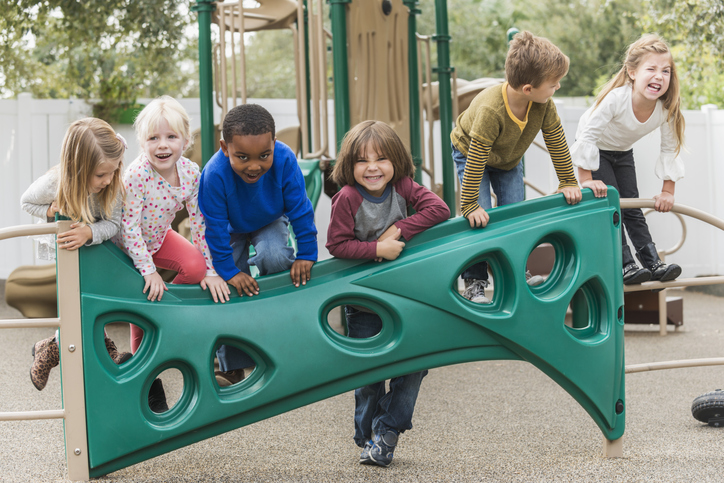 |
|
Outdoor time for kids again proves its value in myopia mitigation. Photo: Getty images. |
Evidence continues to mount that more time spent outdoors can decrease myopia risk across various populations, particularly in young children. To examine whether increased outdoors time results in a lower myopia prevalence in preschool-aged children, a county in Taiwan launched a program to encourage it in 2014, which lasted through 2020.
The effort included annual eye exams for all preschoolers aged five to six years across the county. The public health bureau that led the program promoted awareness and educational campaigns focusing on myopia prevention strategies, such as ensuring ideal classroom lighting and table height, limiting prolonged near work activities including screen time and encouraging children to be outside for a minimum of 120 minutes each day. The caregiver of each student also filled out a questionnaire about their child’s medical information and myopiagenic behaviors.
Data from 21,761 students was included in the analysis. The overall prevalence of myopia in preschoolers was 10.7%, with a mean spherical equivalent refractive error of 0.57 in the more myopic eye. From 2014 to 2020, prevalence dropped significantly, from 15.5% to 10.3%. The decline was most significant in the first few years, then became fairly stable for the remainder of the study term. The annual prevalence year by year was as follows: 15.5%, 13.5%, 8.4%, 8.5%, 10%, 9.1% and finally 10.3% in 2020.
When comparing the data from 2019 and 2020, the year when the coronavirus pandemic sent students to learn in virtual classrooms, the researchers detected no significant difference in terms of myopia prevalence.
The researchers deemed the effort a successful validation of the benefits of outdoor time. “We found that the longer duration of being exposed to these preventive strategies, the less likely to be myopic,” they wrote in their paper.
Considering that this school-based outdoor promotion program was able to decrease myopia prevalence by 5.2% in preschoolers, similar programs may have a protective effect on younger populations and encourage them to create lifelong habits that will reduce their myopia risk in years to come, the researchers argued.
Yang YC, Hsu NW, Wang CY, et al. Prevalence trend of myopia after promoting eyecare in preschoolers: a serial survey in Taiwan before and during the COVID-19 pandemic. Ophthalmology. August 16, 2021. [Epub ahead of print]. |


